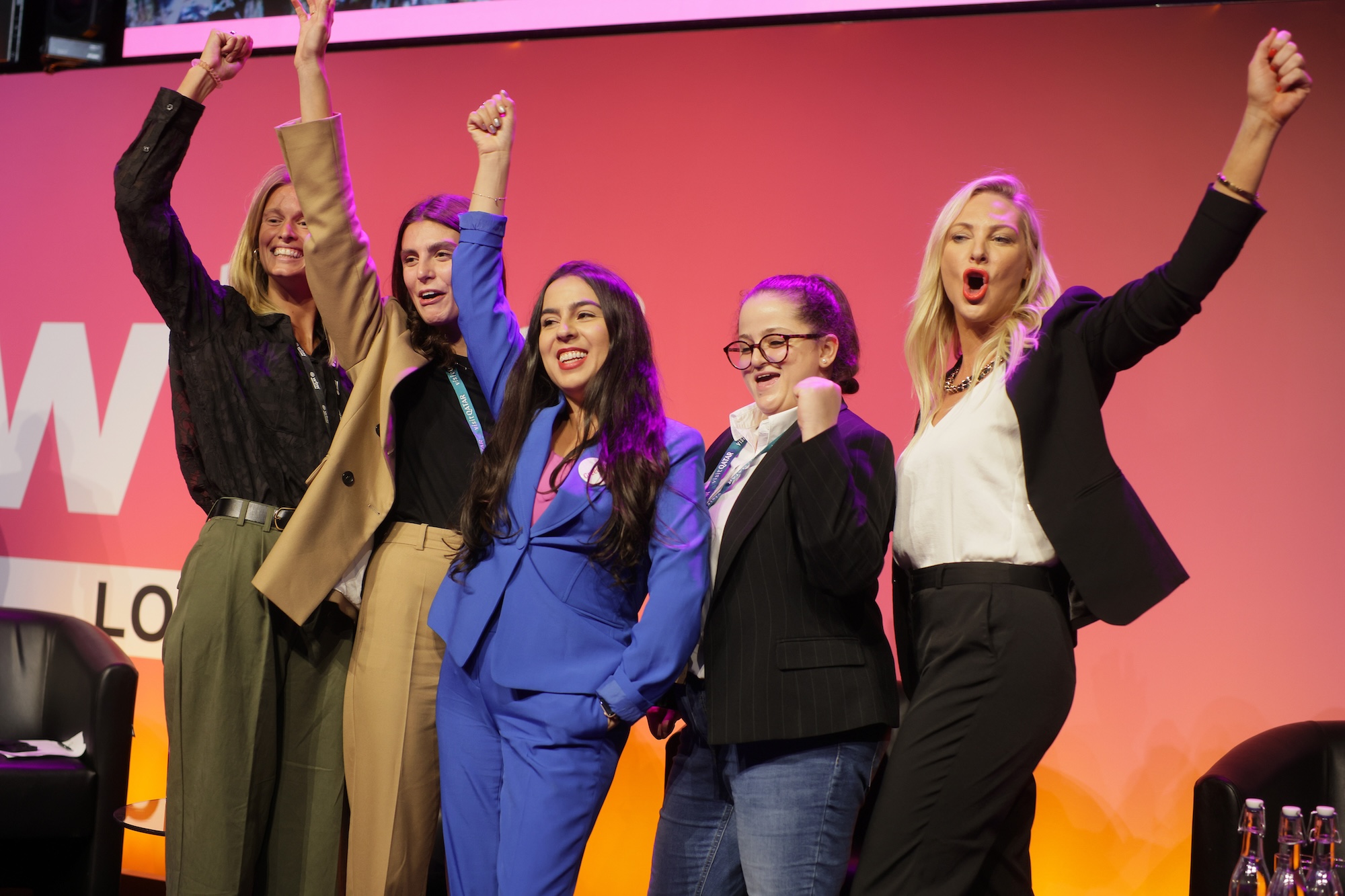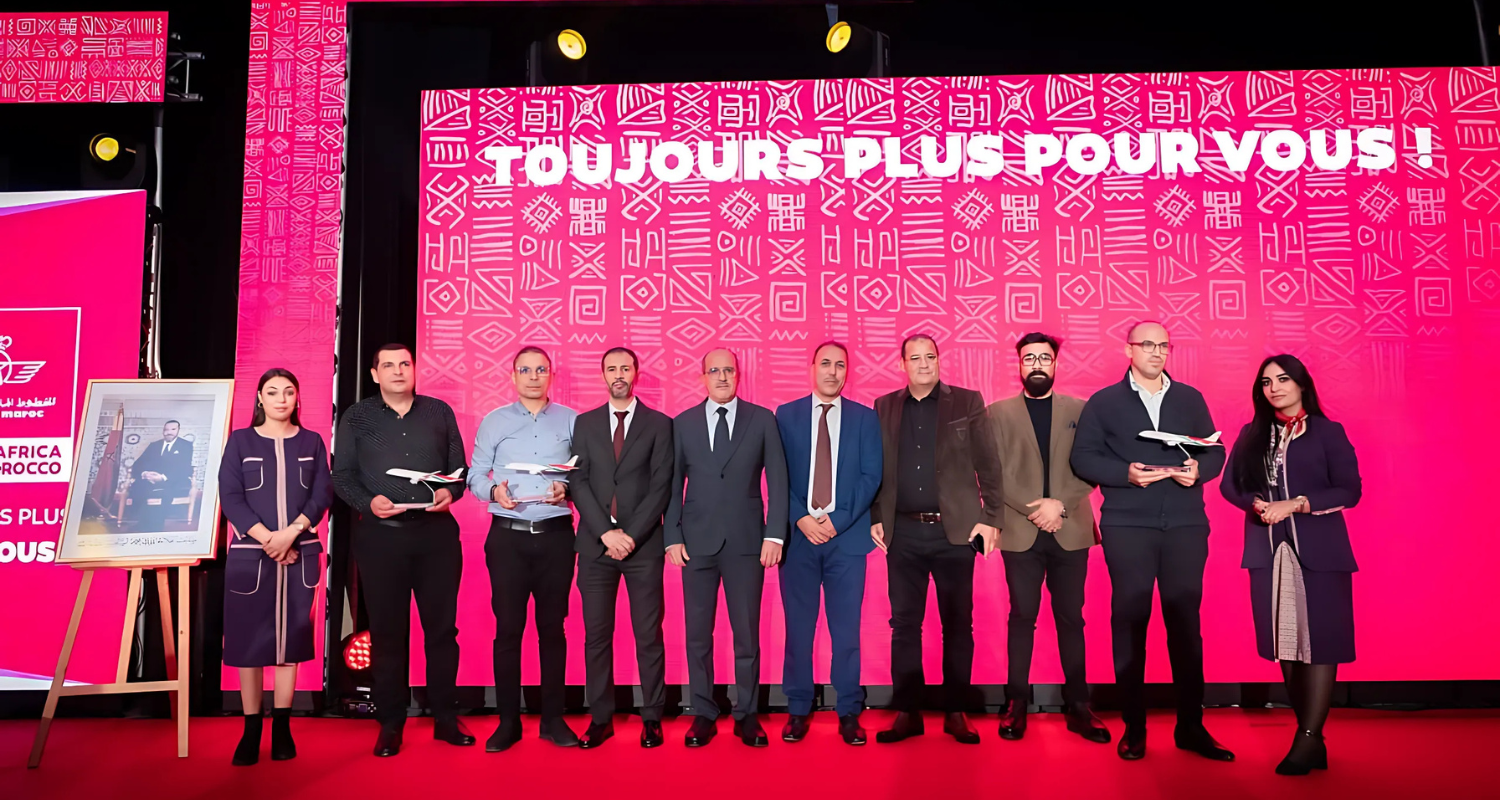Kempinski Hotels, the oldest luxury hotel group in Europe, is synonymous with elegance, tradition, and unparalleled guest experiences. As the global hospitality landscape evolves, Kempinski remains committed to its heritage while embracing cutting-edge innovations that cater to the modern luxury traveler. In an exclusive interview with Tourismag, M. Timur Sentuerk, then Chief Operating Officer and Member of the Management Board, shared insights into how Kempinski is balancing its timeless charm with the demands of today’s discerning guests. From personalized services like the iconic Lady in Red to sustainability initiatives and regional expansions, Senturk highlighted Kempinski's strategic vision for the future, staying true to its core values.
-Update-This interview, conducted in May 2024 during ATM Dubai—prior to M. Timur Sentuerk’s departure from the company—provides a deep dive into Kempinski’s approach to innovation, sustainability, and its continued expansion in key markets.
Tourismag: Kempinski is renowned for its luxury and tradition. How do you incorporate modern innovations into your services while maintaining the classic charm that Kempinski is known for?
M. Timur Sentuerk: Kempinski has been a leader in the luxury hospitality industry since 1897, and maintaining our classic charm while embracing innovation is a key part of our brand DNA. We are very conscious of staying at the forefront of innovation while ensuring that the essence of the Kempinski experience remains intact. For example, we offer highly personalized services like our iconic “Lady in Red,” a team dedicated to understanding the needs of our guests and creating bespoke experiences. This initiative showcases our ability to innovate in hospitality by blending modern service techniques with a deep understanding of guest expectations, all while preserving the elegance that our brand is known for.
Tourismag: Luxury travelers are increasingly seeking unique and personalized experiences. How does Kempinski ensure these guests have memorable stays? Could you share recent innovations or services that have been particularly successful?
M. Timur Sentuerk: At Kempinski, personalization is at the core of everything we do. Our Lady in Red concept is a hallmark of this personalized approach, ensuring that every guest receives attention tailored to their individual needs. Before guests arrive, our team reaches out to understand their preferences and the purpose of their visit, ensuring that their stay is personalized down to the smallest detail. A recent innovation that has been particularly well received is our partnership with EarthCheck, a global sustainability consultancy. We audit our hotels and implement practices that reduce our carbon footprint, aligning with the values of today’s conscious luxury travelers who increasingly prioritize sustainability alongside comfort.
Tourismag: As a leader in the luxury hotel market, what are the key elements that define a Kempinski hotel and set it apart from its competitors?
M. Timur Sentuerk: What sets Kempinski apart is our commitment to authenticity, personalization, and the local culture of the destinations we operate in. Each Kempinski hotel is unique, reflecting the heritage and identity of its location, which creates a distinct guest experience. While other luxury brands may standardize across locations, we take pride in embracing the individuality of each property, whether it’s our landmark hotels in Europe or our wildlife lodges in Africa. In addition to our personalized services like the Lady in Red, we have a long-standing tradition of building close relationships with real estate owners, which has helped us grow our portfolio while maintaining the quality and distinctiveness of our brand.
Tourismag: Environmental responsibility is increasingly important in the hospitality industry. What specific actions has Kempinski taken to reduce its carbon footprint and promote sustainable practices within its hotels?
M. Timur Sentuerk: Sustainability is a key priority for Kempinski. We have partnered with EarthCheck to conduct audits across all our properties, focusing on reducing energy consumption, waste management, and improving water usage. We establish clear metrics and work closely with each hotel’s leadership team to track and improve sustainability performance. Additionally, our procurement arm, Kempinski Trading, works to source consumables from regional suppliers, further reducing our carbon footprint. We also consider sustainability in new constructions, ensuring that consultants are engaged from the start to make environmentally conscious decisions.
Tourismag: In light of global climate change, what strategies are Kempinski hotels employing to mitigate environmental impacts, particularly in regions vulnerable to climate-related issues?
M. Timur Sentuerk: Climate change is the most pressing issue of our time, and Kempinski is taking it very seriously. In addition to the operational audits mentioned earlier, we also focus on sustainable construction practices for new hotels and work with local developers to ensure that our buildings are energy efficient. In regions particularly vulnerable to climate challenges, such as Africa and the Middle East, we incorporate resilience measures into our designs, ensuring that our hotels are built to withstand the environmental pressures of these areas. By working closely with our partners and using innovative solutions, we aim to mitigate the impacts of climate change on our properties and surrounding communities.
Tourismag: The Middle East and Africa (ME&A) region is seeing rapid growth in the hospitality sector. How is Kempinski positioning itself to capitalize on this expansion? What challenges and opportunities do you foresee in these markets?
M. Timur Sentuerk: The Middle East and Africa are crucial markets for Kempinski’s expansion, and we have seen significant growth in these regions. In Dubai, for example, we doubled our portfolio recently by adding two landmark properties. We are also expanding our presence in Africa with new wildlife lodges in Tanzania and new developments in Morocco and Ghana. The opportunities are immense as these regions continue to develop economically and attract high-end travelers. However, challenges such as infrastructure development, political stability, and the need for sustainable growth must be addressed. Kempinski’s approach is to work closely with local developers and governments to ensure that our growth in these regions is both sustainable and aligned with the needs of the market.
Tourismag: Looking forward, what do you see as the biggest challenges and opportunities for Kempinski in the Middle East and Africa? How is Kempinski planning to address these in its strategic development?
M. Timur Sentuerk: One of the biggest challenges in the Middle East and Africa is the need for skilled talent. As the hospitality industry grows in these regions, there’s a pressing need to attract and retain professionals who can uphold the luxury standards Kempinski is known for. We are investing heavily in training and development programs to ensure our employees have the skills and knowledge needed to meet the expectations of our guests. Additionally, sustainability will continue to be a critical factor, and we plan to expand our environmental initiatives as we grow in these markets. We believe that combining our luxury heritage with a strong focus on sustainability and local talent development will position us well for the future.
Tourismag: Finally, how does Kempinski engage the younger generation in the hospitality industry, and how do you keep them interested?
M. Timur Sentuerk: The younger generation is looking for purpose in their careers, and Kempinski provides an environment where they can find that. We call it the Kempinski DNA, where we encourage each team member to be their authentic selves and contribute to the brand’s success. We also offer growth opportunities, learning, and a sense of belonging. By aligning with values that resonate with younger generations, such as sustainability and purpose-driven work, we attract talent that is eager to contribute to Kempinski’s legacy. We also regularly engage with our employees through Gallup surveys to ensure that they feel connected and valued, and we take their feedback seriously to continuously improve the working environment.



